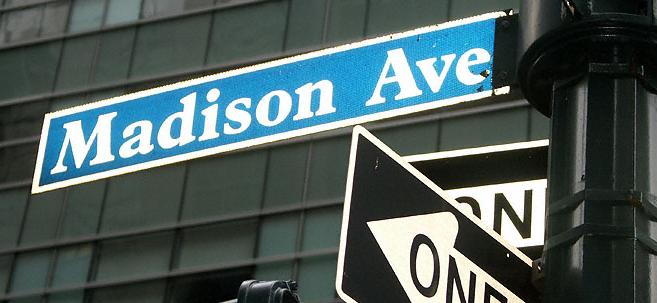Digital Advertising to Grow 13% in 2015: Strategy Analytics

Digital advertising in the U.S. will grow 13% this year, driving an overall 3.2% increase in total ad spend to $186.6 billion, according to a new forecast from Boston-based consultancy Strategy Analytics.
By comparison, the TV ad spend is expected to grow only 1.7% while print advertising will decline 7.9% year-over-year, the company said.
The year’s digital ad increases will be fueled by search (up 45%), social media (31%), video (29%) and mobile (20%). The digital growth alone, however, is not enough to bolster traditional media revenue, which Strategy Analytics expects to be 0.2% lower in 2015 than in 2014.
“Despite digital’s best efforts, the drop in traditional ad revenues means we’ll see fairly modest growth in overall U.S. ad revenues in 2015,” Michael Goodman, co-author of the report, said. “[We] will have to wait for more significant growth in 2016, courtesy of the U.S. presidential elections and summer Olympics.”
Other ad categories that Strategy Analytics predicts will grow in 2015: outdoor (up 4.8%), cinema advertising (3.4%) and radio (1.8%).
At $78.8 billion total, U.S. TV ad revenue would comprise a 42.2% share of the overall U.S. ad spend, down 0.6% from its haul in 2014. Next is digital with 28.3% ($52.8 billion), up 2.5% from 2014, and print with 14.9% ($27.9 billion), down 1.8%. The remaining 14.6% will come from radio ($17.6 billion), outdoor ($8.7billion) and cinema ($0.8billion), each relatively unchanged from last year.
Looking ahead to 2018, report co-author Leika Kawasaki said TV’s share of the ad spend will drop to 40% while digital will grow to 35% share, but TV networks are unlikely to feel any major pain from the change. “TV’s declining share is less about ad dollars flowing out of TV and more about dollars flowing into digital from print and radio,” Kawaski said. “TV networks … will see little, if any, real decline in revenue, just a shift in the source from linear TV ads to online video.”
The smarter way to stay on top of the multichannel video marketplace. Sign up below.
Print advertising, on the other hand, is expected to fall to $20.3 billion by 2018, or less than a third of its 2007 level, accounting for only 10% market share.
